
Intervertebral disc disease refers to a herniated disc in the spine. Sometimes called a "slipped disc," any dog can develop IVDD, just like humans can. This condition can be very serious in dogs, causing extreme pain and can lead to paralysis. It can be due to a spinal injury or another issue, and while there is no way to prevent it, you can reduce the risk and know how to best care for your injured dog.
Intervertebral disc disease is an age-related degenerative process of a dog's spinal cord. The bones of the spine, called vertebrae, are separated by discs. The discs act as cushions between the vertebra, absorbing shock while protecting the spinal cord.
When one of these discs becomes irritated, displaced, swollen, hardened, or ruptured, it can cause damage to the spinal cord. Think of the disc as a jelly donut (but with harder materials). If something damages it, the jelly may squeeze out. When a disc ruptures, the material inside can compress the spinal cord, causing extreme back pain and abnormal nerve conduction. The muscles around that area may become tight to add stabilization.
The type of neurological issues caused will depend on the location in the back where the spinal cord is injured. IVDD can occur in the neck (cervical), upper back, mid-back, lumbar area, and tail.
The symptoms of IVDD will vary and range from mild pain, severe pain, to partial or complete paralysis. Signs will depend on the exact location of the disc herniation or rupture.
IVDD may be a chronic issue that gradually worsens. Or, it can be an acute problem that requires emergency care. If your dog is suddenly dragging a limb or having a major time walking normally, then you should immediately find an emergency veterinarian. Failure to treat acute IVDD promptly can result in permanent paralysis in all four limbs.
If your dog has ataxia, the condition is somewhat mild. You will notice exaggerated limping and walking with crossed-over legs. However, if the ataxia persists for a couple of weeks, it may be that the condition is rapidly worsening.
Your dog may try to walk on the wrong side of its feet, meaning its feet are flipped over and the spinal compression seems to making the dog try to walk on its knuckles. This will usually affect rear limbs first.
If the affected disc(s) are in the lower back/lumbar area, then the dog may appear fully functional in the front limbs but be wobbly in the back limbs. Eventually, the dog may end up dragging its rear limbs behind.
If your dog has a cluster of three symptoms—a tightened abdomen, hunched back, and walking off balance—this is usually a sign of IVDD. (A tight abdomen and hunched back alone may mean the dog has gastrointestinal or abdominal pain.)
If the affected disc(s) are in the neck, your dog may have cervical IVDD. The initial signs of cervical IVDD may simply be pain and trouble moving and turning the head and neck. Or, your dog may keep its head lowered as a way of finding some relief.
The inability to move means that the condition is severe and likely a cervical problem. When a disc rupture occurs in the neck area, it affects all four legs. However, if your dog can feel the pain of a hard pinch to the toes, and appropriately responds with a yelp or attempt to bite, it is a positive indication that the dog still has feeling. A hard pinch that goes unnoticed, or results in a mild flinch, may indicate that there is paralysis and no pain sensation in the dog's limbs.
When a dog trembles or shakes, it is a good indication that it is in pain due to IVDD.
A dog with IVDD will have increased sensitivity when its back is touched, even gently.
Inability to control urination and/or defecation may mean that your dog is suffering from a disc problem in the lower back region.
IVDD is often a hereditary condition. It is most common in small- to medium-sized dogs with short limbs and elongated backs, such as dachshunds, shih tzus, Pekingese, Lhasa apsos, and beagles. Any breed can be affected, but small dog breeds seem to be somewhat predisposed.
An injury can lead to IVDD. Dogs that have genetic predisposition are more likely to develop IVDD after an injury like a fall. Some dogs with the underlying disease can bring on an acute disc herniation or rupture just by jumping the "wrong way."
If your dog shows any signs of IVDD, it is essential to get it to the vet as soon as possible. Your vet will begin with a thorough medical history, and asking about lifestyle, past health issues, and current symptoms. Next, your vet will conduct a complete physical examination.
A neurological exam will be part of this process. The vet will look at motor function, reflexes, response to manipulation of the feet and limbs, and ability to stand and place feet on the ground properly. The vet will also watch the dog walk (or attempt to walk, depending on the severity of the dog's signs).
If IVDD is suspected, the next step is to determine the severity.
Treatment for mild IVDD:
Treatment for advanced IVDD:
If the testing reveals IVDD, surgery may be necessary. This is often discussed upfront as your dog will already be under anesthesia during testing and diagnosis. Fortunately, diagnostic imaging can locate the exact spot where the disc injury occurred. This way, the vet knows exactly where in the spine to operate.
Spinal surgery involves cutting through the skin and muscle to reach the vertebrae. Then, the surgeon drills through the bone and scoops out the disc material that is compressing the spinal cord. The procedure usually takes one to three hours.
Patients are typically hospitalized for three to seven days while the veterinarian monitors recovery. Some dogs will show immediate improvement, while others take longer.
Though most dogs make a full recovery after surgery, some dogs will have a residual impairment. A small percentage of dogs will not regain the function of their limbs. The prognosis depends on the severity of the disease and the individual dog. Pain after surgery is often less severe than the pain before. However, vets will regulate postoperative pain using various pain medications.
Sutures on the back can be removed after two weeks, and many dogs can walk at that time, even if they stagger a bit. Just like people after spinal surgery, it can take several months for a complete recovery. Physical therapy at home or a professional physical therapy facility can accelerate the process for many patients.
If immobility and pain return, another surgery may be necessary. If your dog is reluctant to walk or exercise, lay down, get up, or exhibits pain when picked up or jumping off of the couch, consult your veterinarian. Your doctor may recommend an IVDD back brace to bring relief and stabilize your dog's back. However, a dog that cannot feel pain in its legs may not be able to walk again.
IVDD is not entirely preventable. However, there are ways to minimize risk in predisposed dogs:

What to Do if Your Cat Is Snoring
Cat snoring can happen for several reasons. Find out if your cat's snoring is normal or caused by a medical issue. Know when to call the vet about your cat snoring.
Turkish Angora: Cat Breed Profile, Characteristics & Care
The elegant and silky Turkish Angora cat is a playful, affectionate, and sometimes mischievous pet. Learn about the Turkish Angora breed.
Toyger: Cat Breed Profile, Characteristics & Care
The toyger (toy tiger) cat is a beautiful, rare breed with an easygoing demeanor. These cats are hard to come by but make excellent pets.
Donskoy: Cat Breed Profile, Characteristics & Care
Donsky cat, or Don Sphynx, is a hairless cat that's known for being affectionate, social, and remarkably intelligent. Learn more about the Donsky cat breed.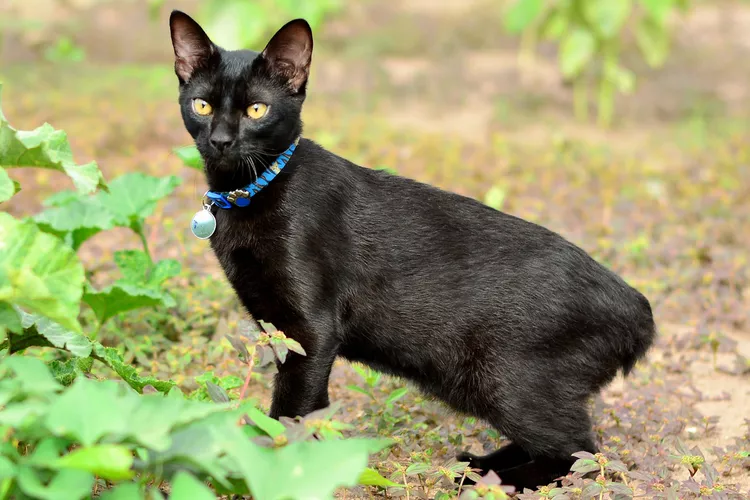
Japanese Bobtail: Cat Breed Profile, Characteristics & Care
The Japanese bobtail is recognized for its bunny-like tail and is loved for its friendly, playful personality. Learn about the Japanese bobtail breed.
How to Stop Cat Aggression After a Vet Visit
Cats are usually out of sorts and ornery after a trip to the veterinarian. Learn how to stop cat aggression by planning ahead with these tips.
Why Do Cats Like High Places?
Does your cat like to hang out on top of tall furniture? Here's why cats like high places.
Rectal Prolapse in Dogs
Rectal prolapse in a dog can be an alarming thing to see. Find out why this happens, how to prevent it, and how to heal dog prolapse at home.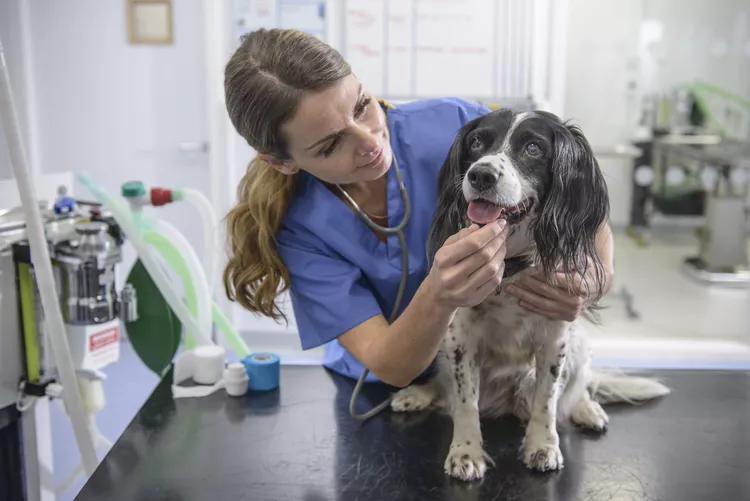
Is Acetaminophen Safe for Dogs?
Acetaminophen is used by humans for pain and fever relief, but is it safe for dogs? Here's what you need to know before giving your dog acetaminophen.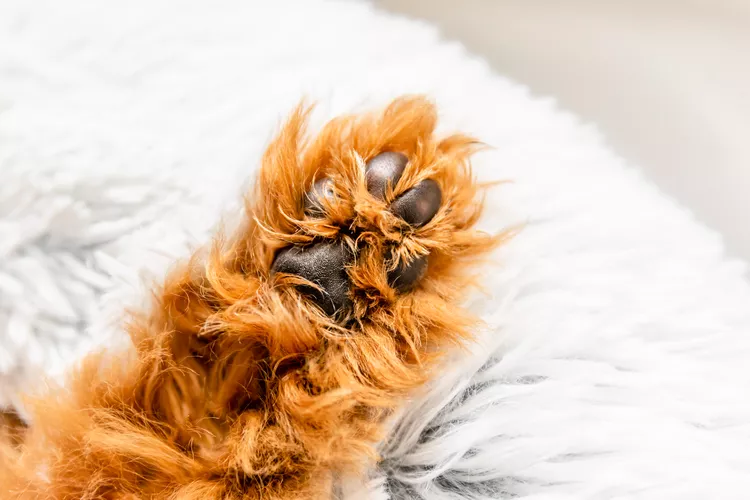
Dog Broken Toe: Signs and Treatment
Dogs can break their toes for several reasons. Find out how to tell if your dog has a broken toe. Learn what you need to do and what restrictions your dog may have to let a broken toe heal.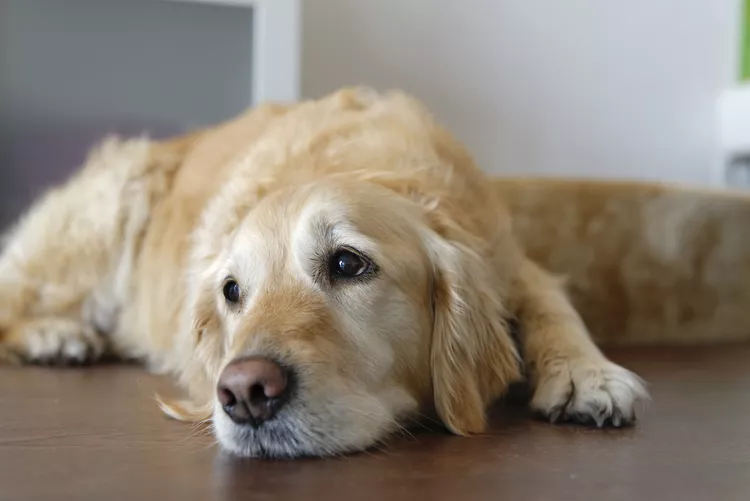
Tetanus in Dogs
Tetanus is an infection caused by bacteria found in soil. It can cause severe symptoms in dogs and even lead to death if not treated promptly.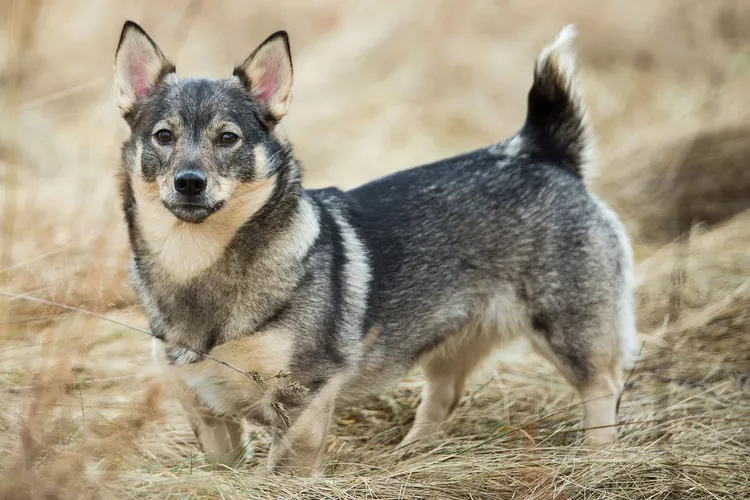
Swedish Vallhund: Dog Breed Characteristics & Care
The Swedish vallhund makes for a high-energy and affectionate companion. Learn about the breed's history, health, exercise needs, and more.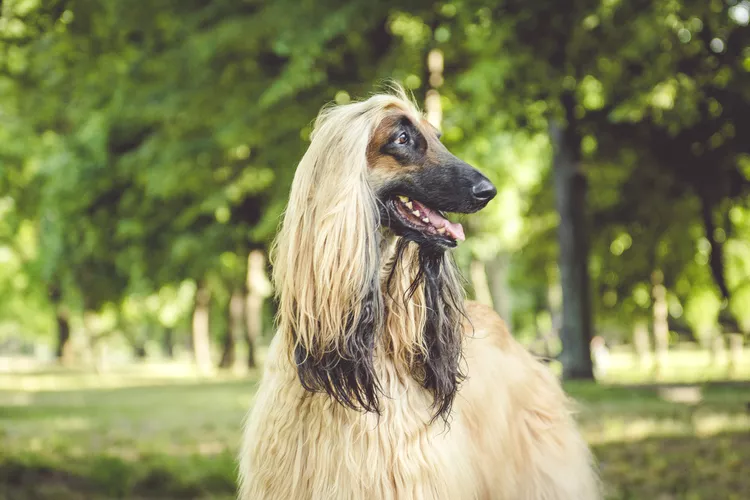
Afghan Hound: Dog Breed Characteristics & Care
The Afghan hound is a majestic dog breed, known for its luxurious long coat and sweet personality. Learn about cost, care, and training needs.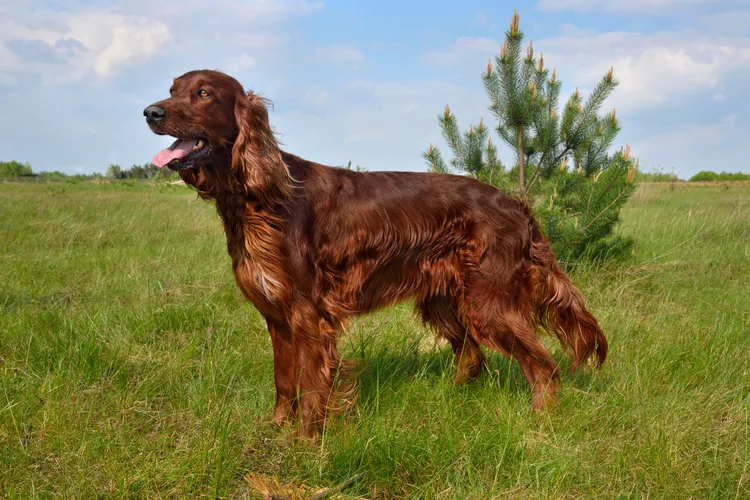
Irish Setter (Red Setter): Dog Breed Characteristics & Care
The Irish setter, also known as the red setter, stands out from the crowd with their striking red coat and athletic nature. Learn about this gentle and affectionate dog breed.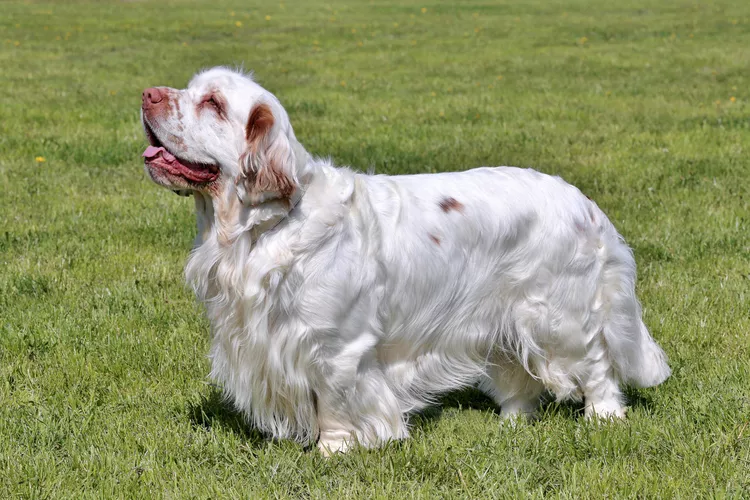
Clumber Spaniel: Dog Breed Characteristics & Care
The Clumber spaniel is a friendly, calm dog and a great family pet who gets along with kids. Just beware of this rare breed's shedding and drool.
Reasons Why Dogs Grind Their Teeth
Some dogs grind their teeth. Learn why dogs grind their teeth and if it can be harmful. Find out what to do about teeth grinding in dogs.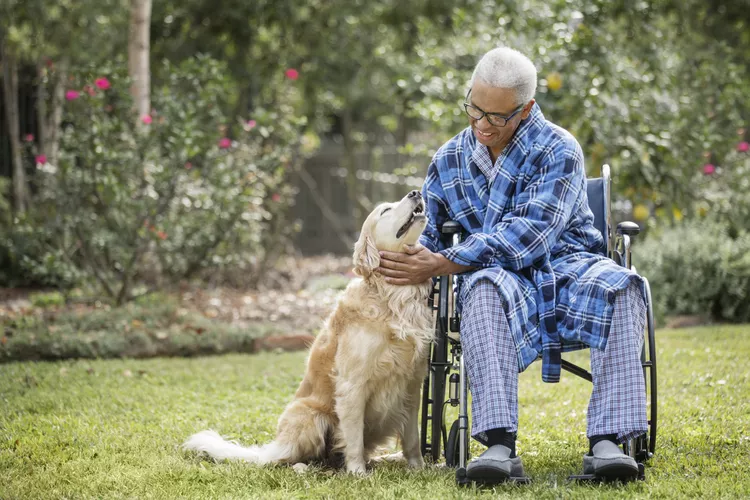
Therapy Dog Certification: A Complete Guide in 6 Steps
Could your dog be trained to serve as a therapy dog? Here's how you and your dog can become an official animal-assisted therapy team.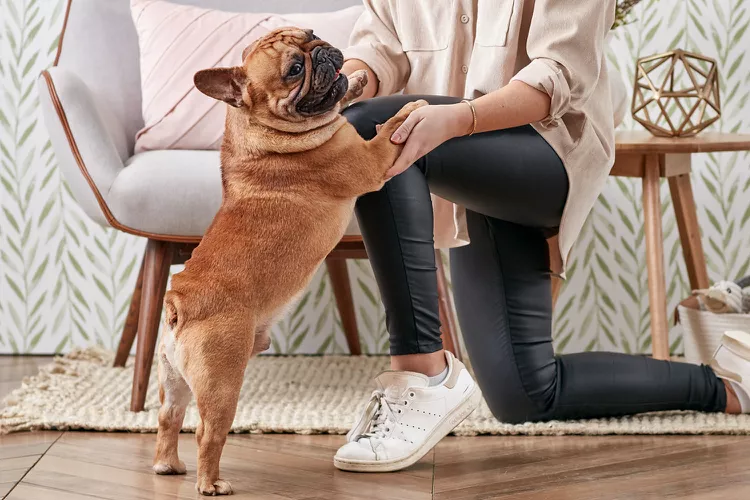
Here’s How to Stop Your Dog from Jumping on You When Excited
Although it can be cute the first few times your dog jumps on you, it can quickly turn into a bad habit, especially if your pooch starts jumping on strangers. Here’s how to stop your dog from jumping on you when excited.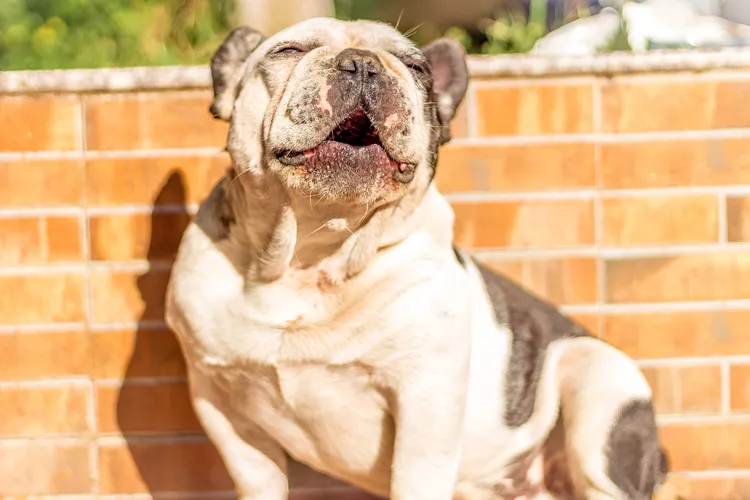
Why Do Dogs Howl at Sirens?
Howling at sirens is something that dogs are well known for, but why do some dogs do it while others seem unbothered?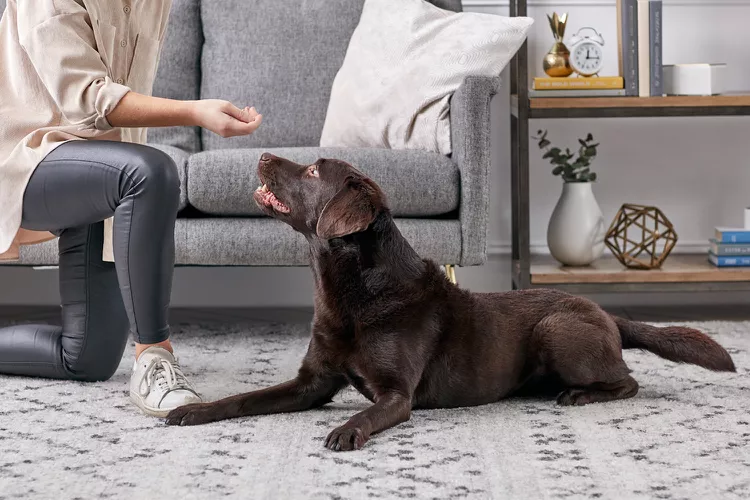
How to Train a Labrador Retriever
Proper training is an essential part of owning a Labrador retriever. These smart dogs can be trained to be service dogs, hunters, and excellent companions.